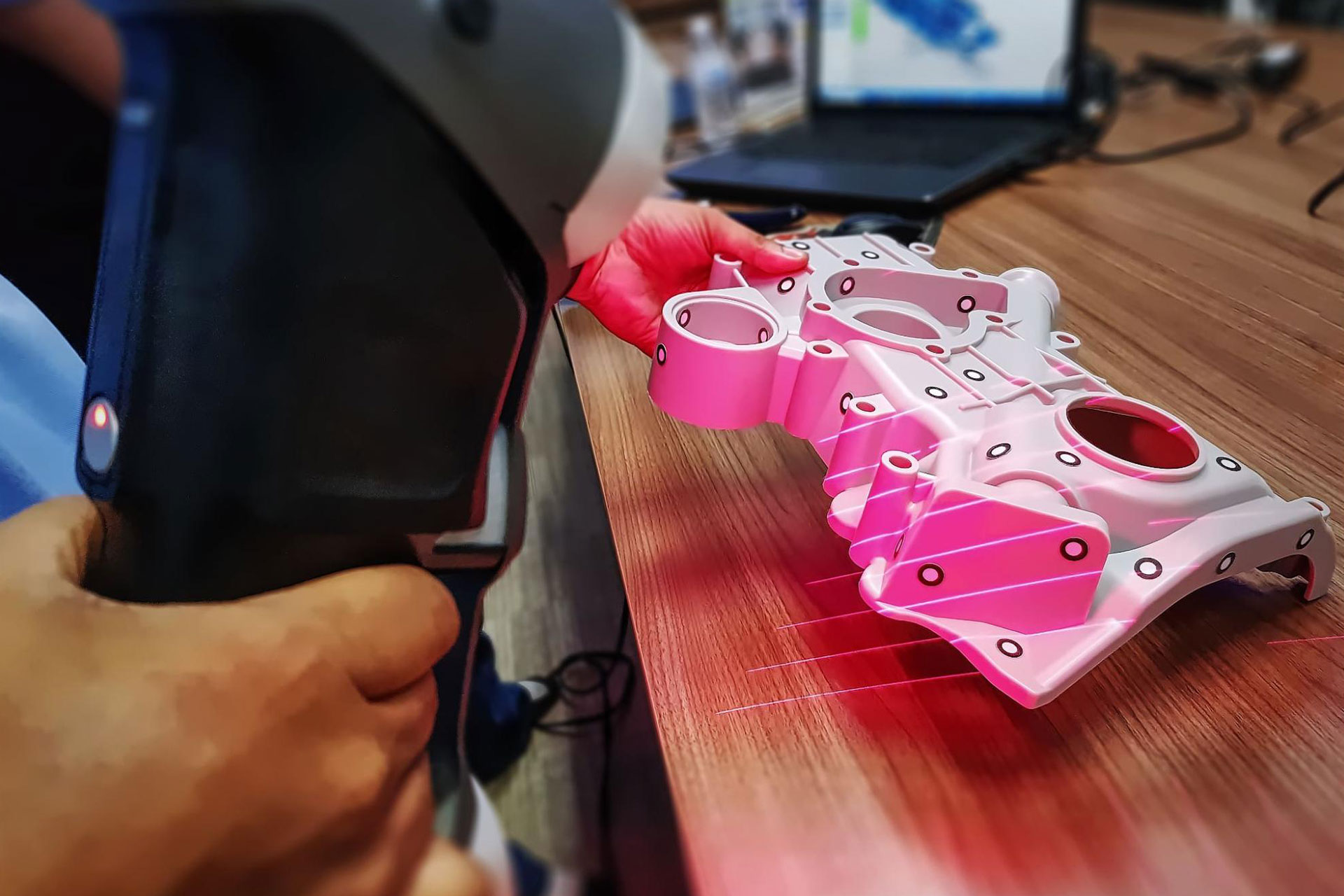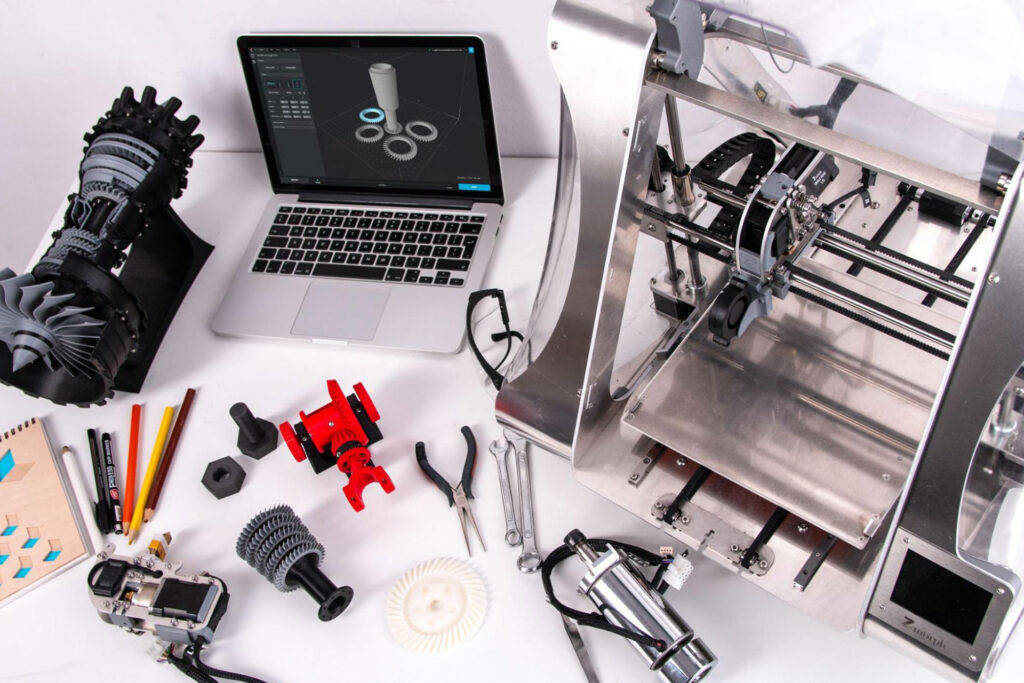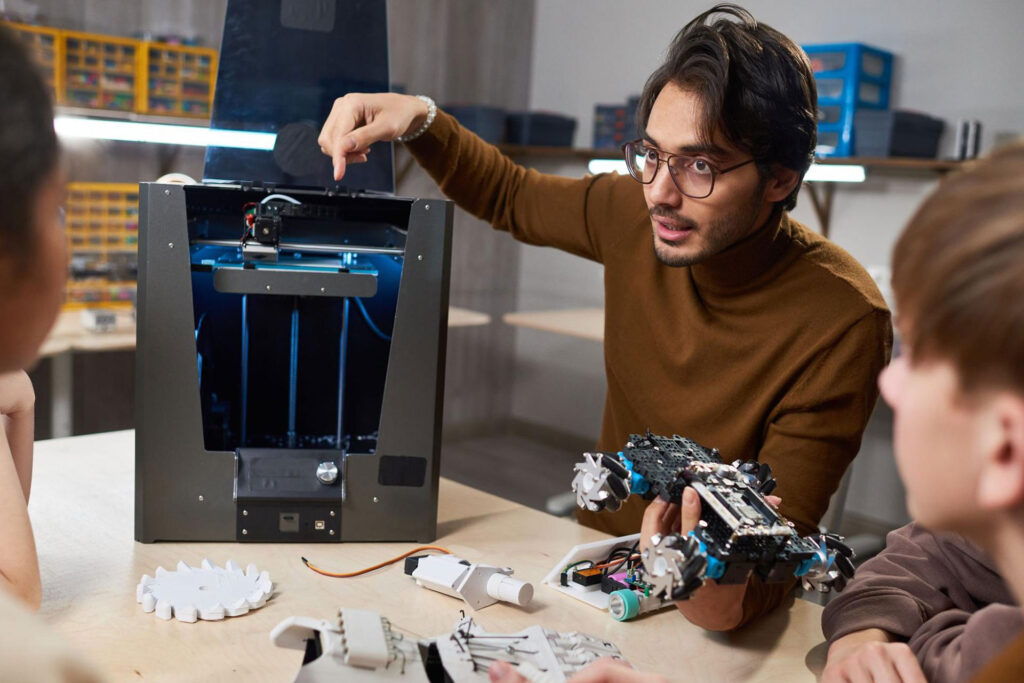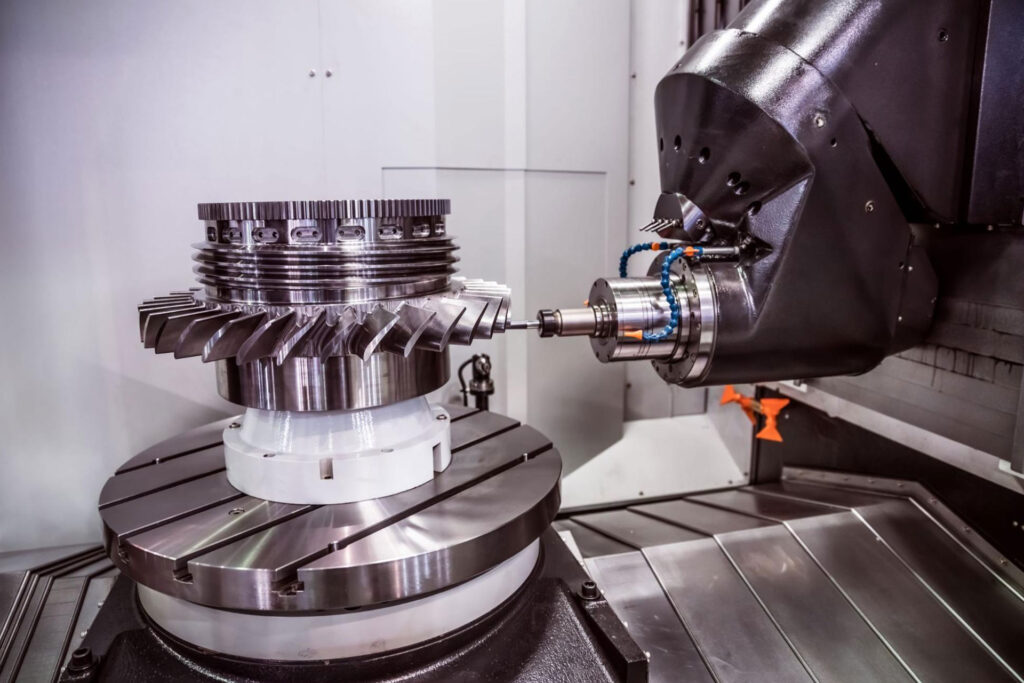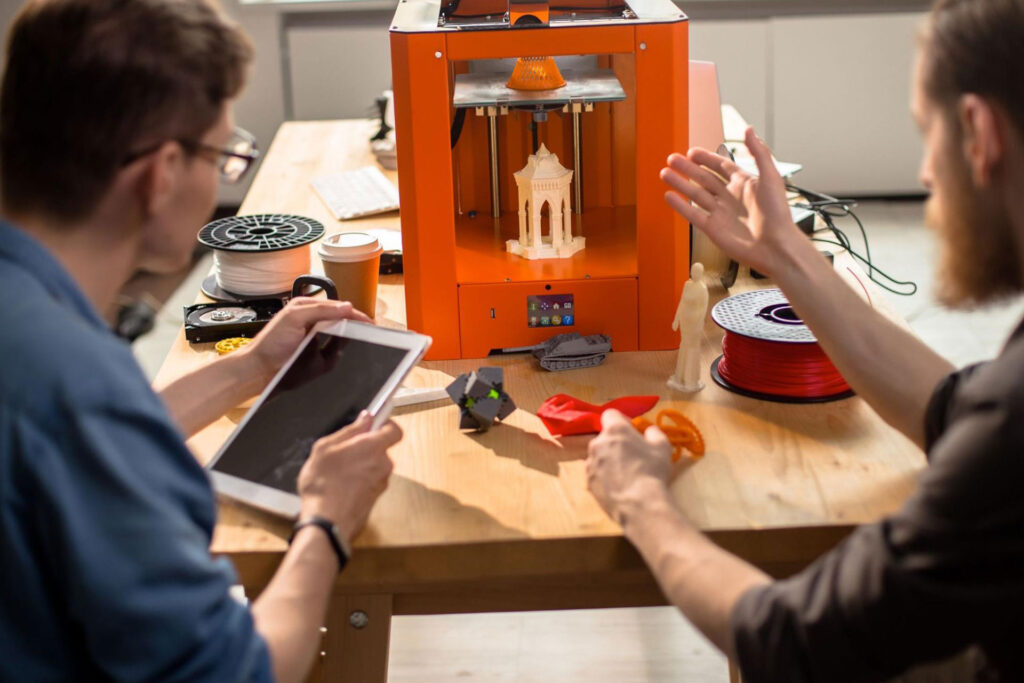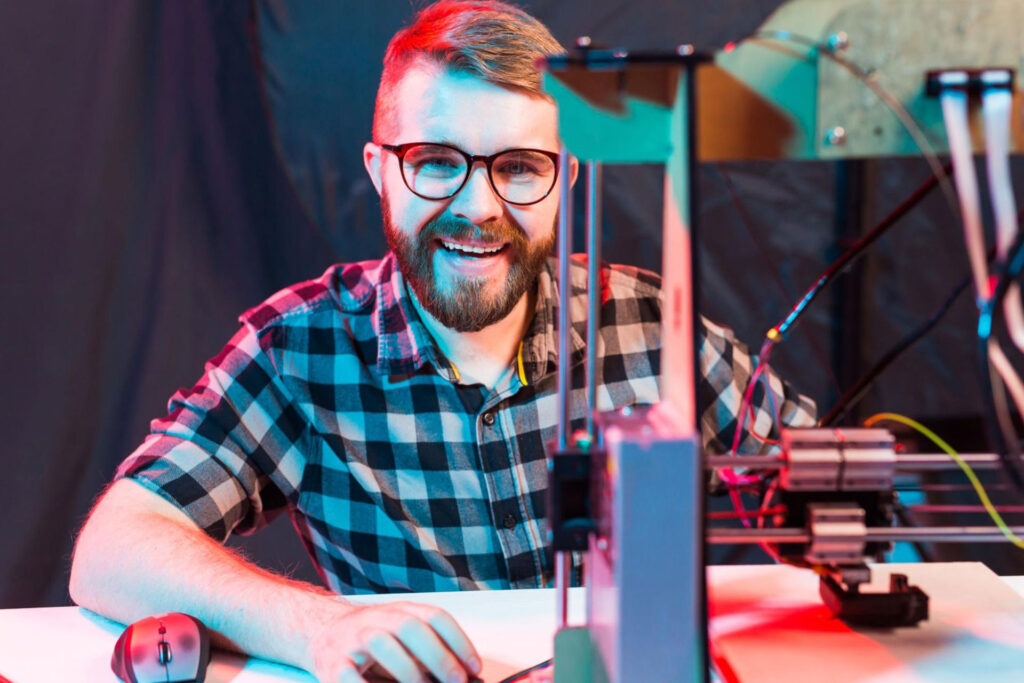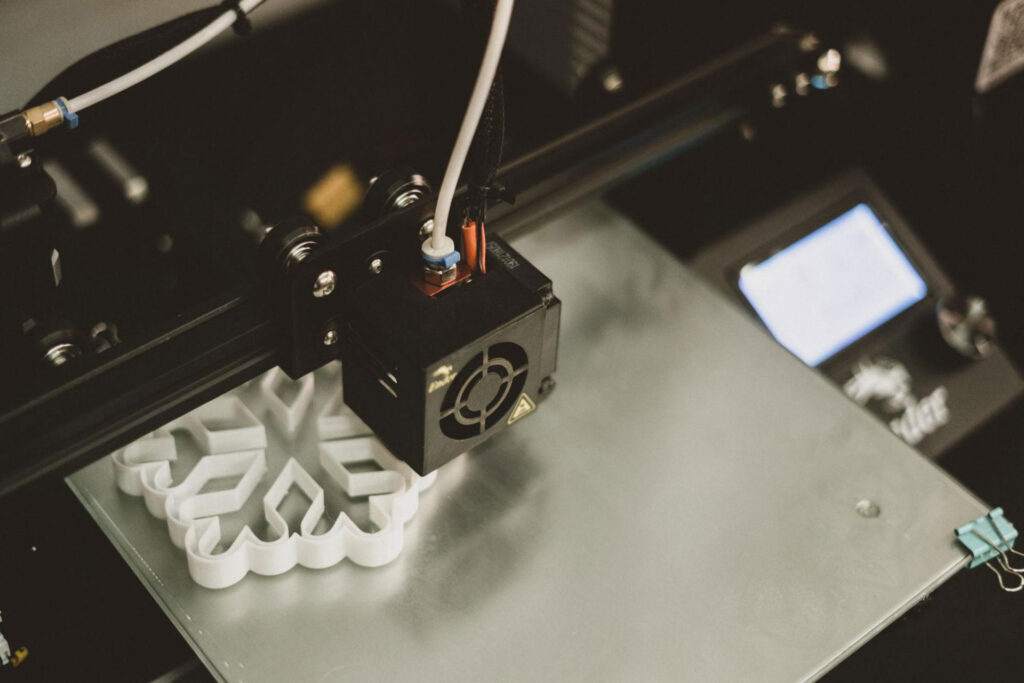There are a variety of ways that 3D scanning can be done. These scanners allow users to easily convert their images into 3D models. But, while 3D scanning is a relatively new field, particularly for hobbyists, there still needs to be a bit of education about how it works, what can be done with it, and how one should approach it. If you’re considering buying or already own a 3D scanner, keep reading to learn about the benefits and drawbacks of using this innovative technology!
The Pros of 3D Scanning
1. Accuracy in 3D Scanning
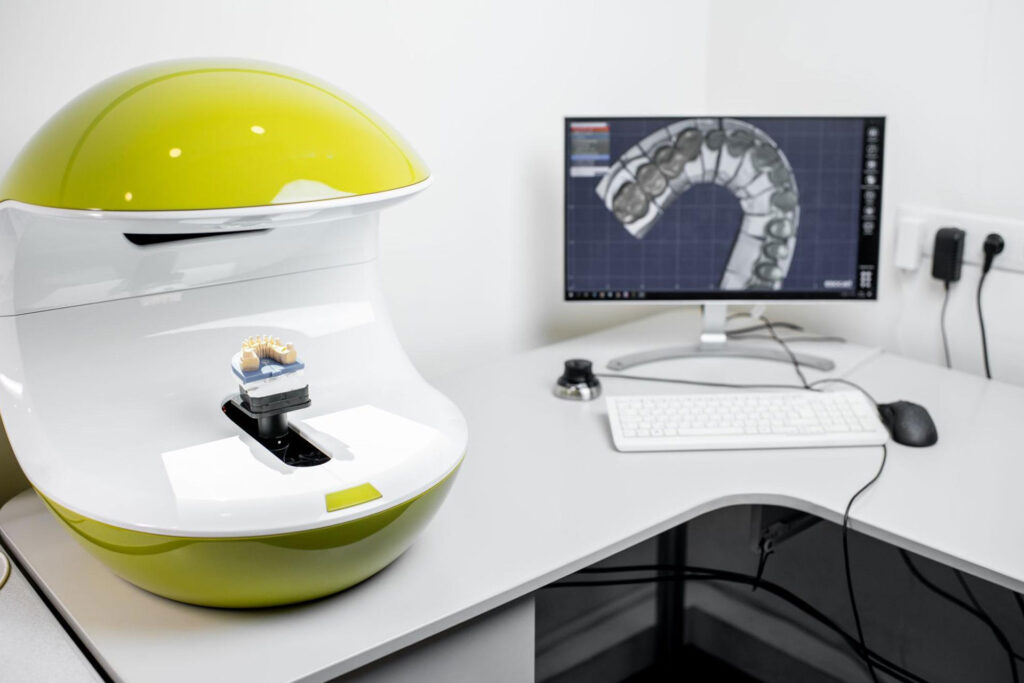
Many professionals like engineers, designers, and constructors are always after high-quality measurements of particular products. Accuracy is important when it comes to creating a design or even replicating a product. It helps you understand its structure and gives you the freedom to enhance a product better. This is important when it comes to business and within the industry because all products must have the same accuracy as the others.
2. Cost Effective In 3D Scanning
3D scanning is economical, as well as cost-effective. It is economical in terms of the time and money that would have been wasted in bringing any error in the physical execution of a true-to-life model. Furthermore, because of the costs involved in creating 3D scan data, it is cost-effective because once you create data from 3D scanning, you can use it to create varying models in the respective field over a long period of time graphically, before the actual physical implementation of the design. Because of the cost-saving benefits, companies tend to outsource jobs that can be performed by machines. This allows them to eliminate human workers from their payrolls and save on salary costs.
3. Quicker Production in 3D Scanning
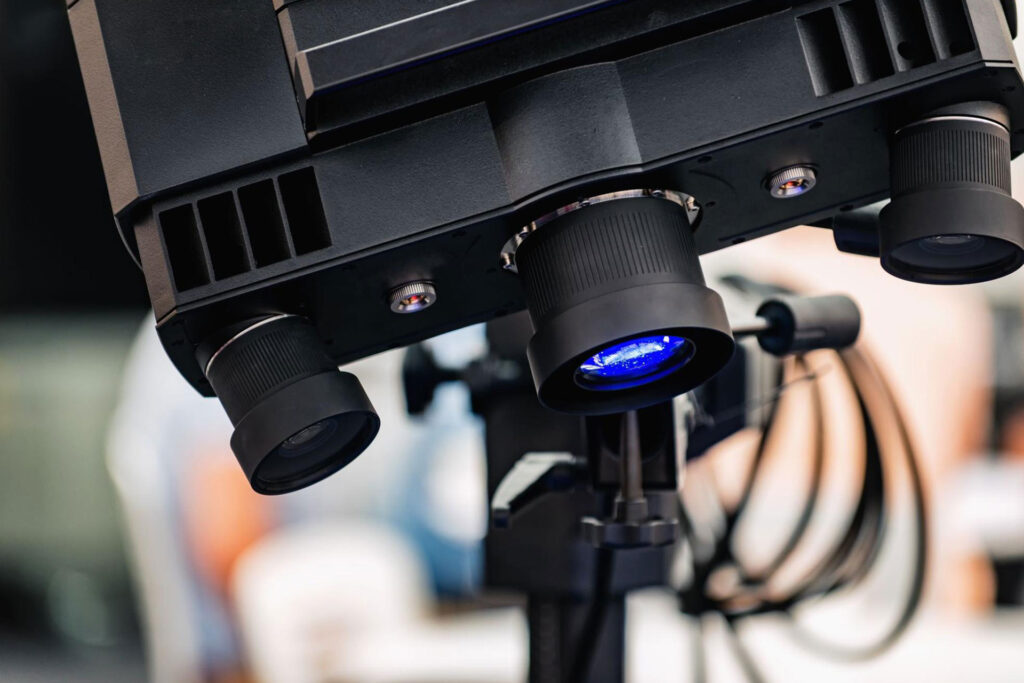
Since few people are involved in taking measurements or analysis done by the 3D scanner, specialists only need to concentrate on designing problems and not worry about workloads. The rest who were given the task of, say, taking measurements can be comfortably allocated to other fields in the firm — speeding up work completion and hence, leading to more profits realized due to timely production of modeled objects.
4. Flexibility in Complex Designs
A 3D scanner is a device used to create point cloud data, which is the collection of points in three-dimensional space that represents a real-world object. When it comes to 3D models, 3D scanners are an essential element in the creation path of a product whether any existing object or even a living individual. 3D design and editing is a complex and difficult task that would be too cumbersome without the use of computer software and hi-tech equipment like scanners. The flexibility you get with scanners allows you to manipulate existing 3D products, change them or even modify them entirely.
The Cons of 3D Scanning
1. Expensive Equipment
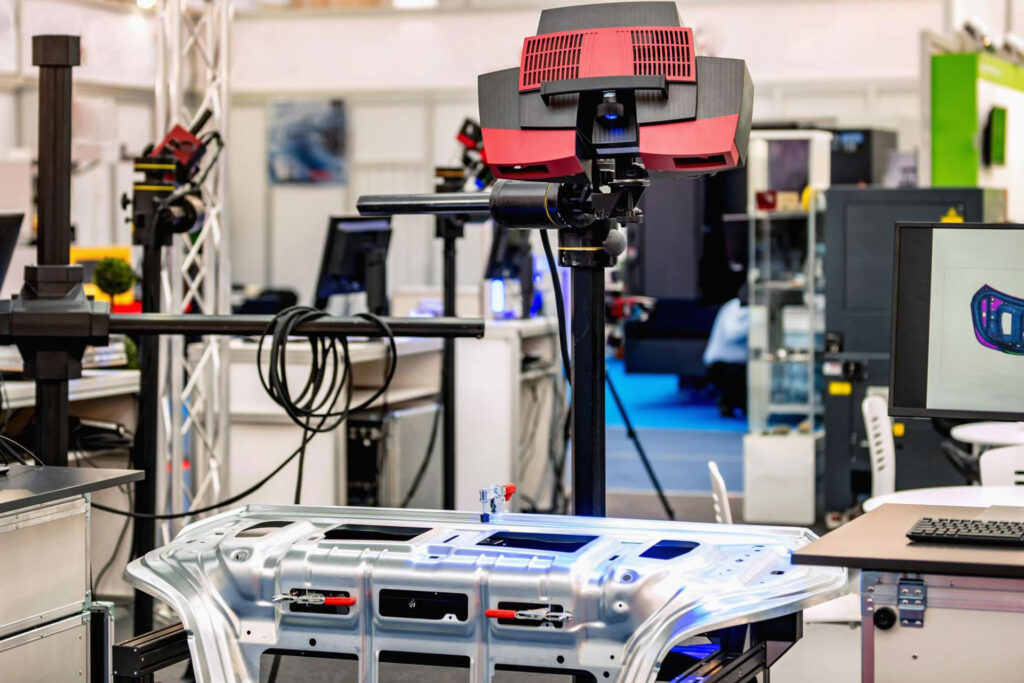
If there is one aspect of 3D printing that will set you back a lot of money, it’s the scanning process. If you want to create high-quality models, then expect to invest in equipment that costs several hundred dollars. There are 3D scanners available at a variety of price points, so you should find something that suits your budget. It’s also helpful to know what brands and features are most important to other people in order for you to make an educated purchase decision.
2. Requires Specialists to Operate
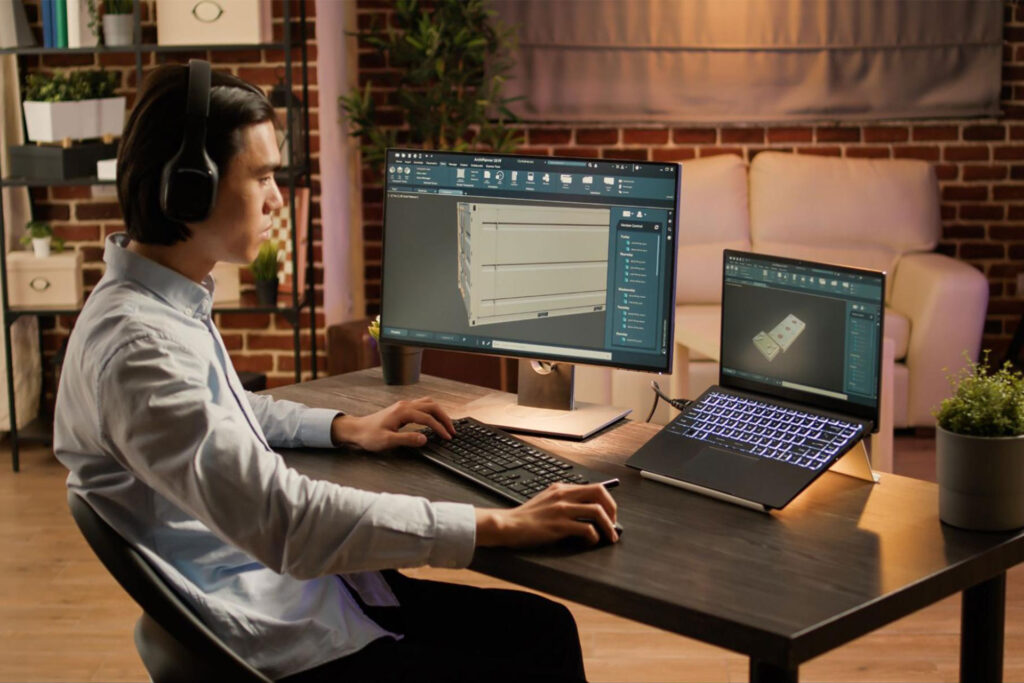
The fact that 3D scanning is a growing industry does not mean everybody can use the technology. It takes special skills, training, and knowledge to be able to make it work properly. For example, it is necessary to acquire knowledge through special training programs and to better understand the software used to run a 3D scanner or printer on a computer that can handle these kinds of tasks.
3. Less Manpower
3D scanning is a revolutionary tool that has the potential to change manufacturing as we know it. There is a speculation that the companies will see their manpower decline due to human roles being replaced by machines and other tools such as 3D scanners and 3D printers.
4. Requires Maintenance
3D scanners are known to be expensive, thus, requiring constant check on their performance. This is due to the fact that 3D scanners are working with several mechanically moving parts such as motors and springs. These parts tend to wear out eventually, which affects the overall performance of your 3D scanner.
All in all, 3D scanning is a game-changer for several industries. It has helped the construction industry revolutionize the way they build and gather information to design more efficient buildings and better understand their built environment. But as with every new technology, there are pros and cons to consider when deciding whether or not to use it. Even with that said, we still feel that the 3D scanning technology is a step forward.
We hope that this article helped you make up your mind on whether it’s right for you.
Looking for 3D scanners in the Philippines? Contact us today to know more about our products!

